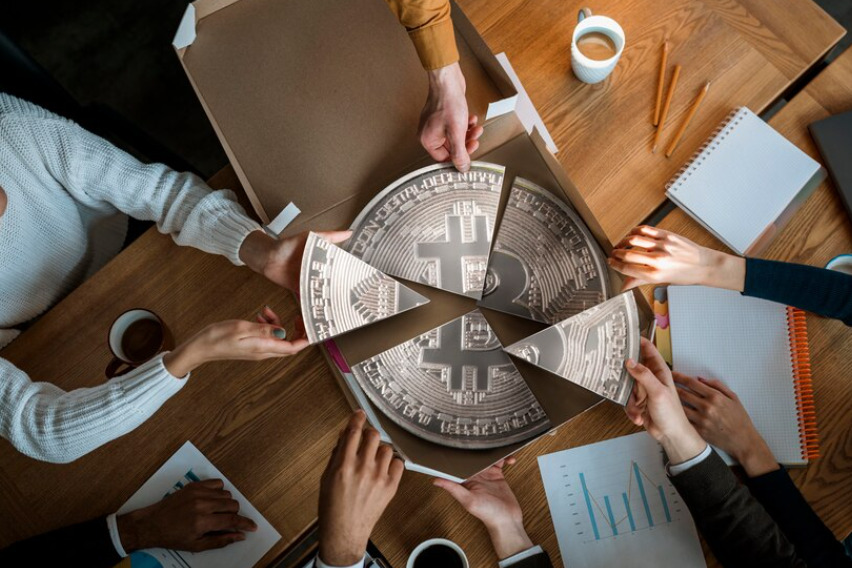What are Bitcoin Ordinals?
Bitcoin ordinals represent innovative methods for preserving text, images, and various data types within the Bitcoin network.
These ordinals can be considered as supplementary elements introduced to the Bitcoin network, diverging from the initial concept of the cryptocurrency.
What are Bitcoin ordinals?
Bitcoin ordinals serve as serial numbers for Bitcoin units.
In a manner akin to the serial numbers on physical bills issued by the Department of the Treasury, which can be observed on any US bill, ordinals assign serial numbers to mined units of bitcoin.
The designated unit is a “sat” (short for “Satoshi Nakamoto,” the pseudonym of Bitcoin’s creator), equivalent to 0.00000001 BTC.
Not part of the original Bitcoin vision, ordinals are not a feature within the core Bitcoin network, where all sats are regarded equally.
Instead, they constitute an artificial extension introduced by software engineer Casey Rodarmor, operating on specialized software independent of the core Bitcoin network.
They also form the basis for Bitcoin NFTs (more details later).
What are Bitcoin inscriptions?
Bitcoin inscriptions are data elements linked to individual sats, comparable to captions accompanying images on social media.
Just as one might add a descriptive line when uploading a picture, bitcoin inscriptions enable the attachment of text, images, audio, or even a digital game to individual sites.
How do Bitcoin ordinals function?
They are commonly employed to craft digital collectibles called “artifacts” on the Bitcoin network, resembling traditional collectibles like sports cards.
Like sports cards, artifacts gain value based on factors such as their creation date (determined by ordinals) and rarity (indicated by inscriptions, which can include images).
This allows creators to establish collectibles on the Bitcoin blockchain, akin to NFTs, known as Bitcoin NFTs.
Beyond collectibles, artifacts have diverse applications, including data storage and domain names.
The BRC-20 protocol, currently a popular use case, facilitates the creation of crypto tokens and cryptocurrencies using ordinals.
Potential Advantages and Disadvantages of bitcoin ordinals and inscriptions
| Potential Disadvantages | Potential Advantages |
|---|---|
| 1. Critics argue ordinals distract from the original vision of a humanitarian-focused Bitcoin. | 1. Advocates see ordinals as a secure way to store data on the decentralized Bitcoin blockchain. |
| 2. Logistics of ordinals, inscriptions, and artifacts may complicate Bitcoin’s functionality. | 2. Supporters claim the decentralized nature of Bitcoin enhances its reliability for recording diverse information. |
| 3. Artifact transactions can congest the Bitcoin network, leading to higher fees and slower processing times. | 3. Ordinals and inscriptions may attract new users interested in digital collectibles, expanding the Bitcoin user base. |
| 4. Some argue that increased transaction fees benefit miners, enhancing the network’s security by incentivizing more participants. |
What to consider if you decide to buy a Bitcoin NFT or ordinals

In conclusion
Bitcoin ordinals represent a novel approach to assigning serial numbers to units of bitcoin in the order they were mined.
While not initially part of Bitcoin’s core vision, ordinals and their associated artifacts, such as inscriptions.
It has introduced new possibilities, including the creation of digital collectibles and the secure storage of diverse data on the decentralized Bitcoin blockchain.
However, debates persist over whether these innovations align with the original humanitarian purpose of Bitcoin.
